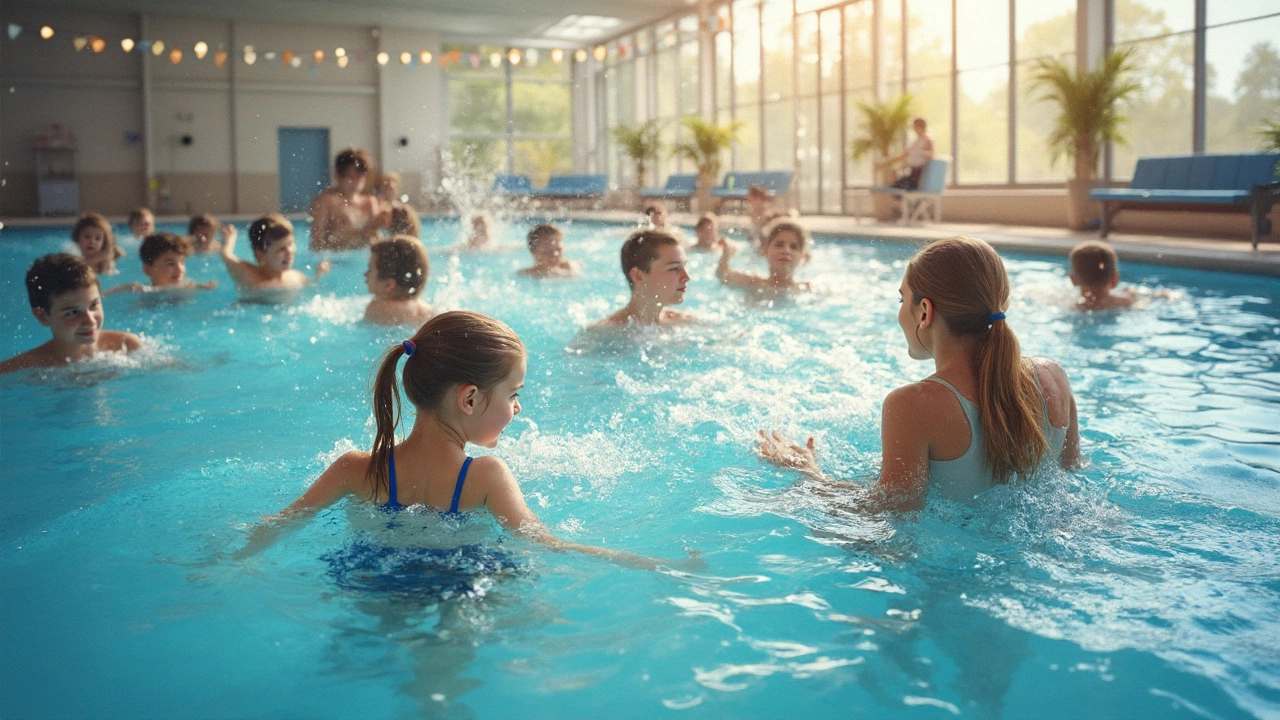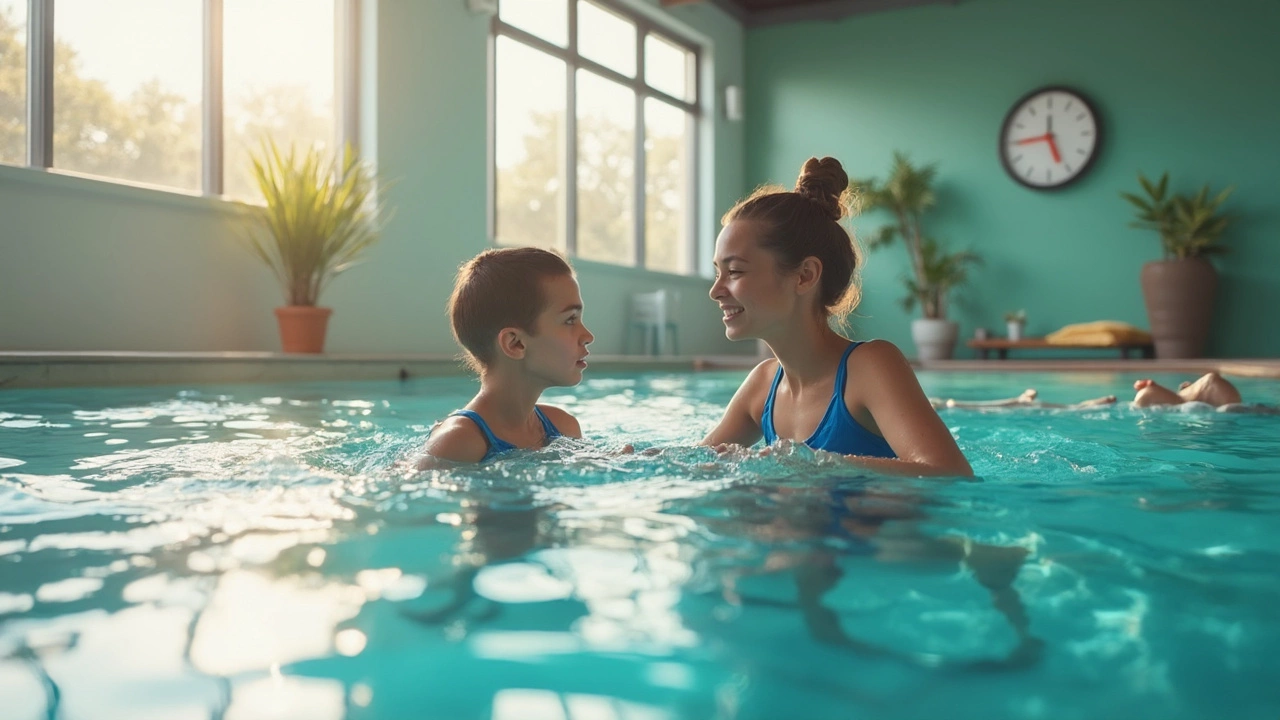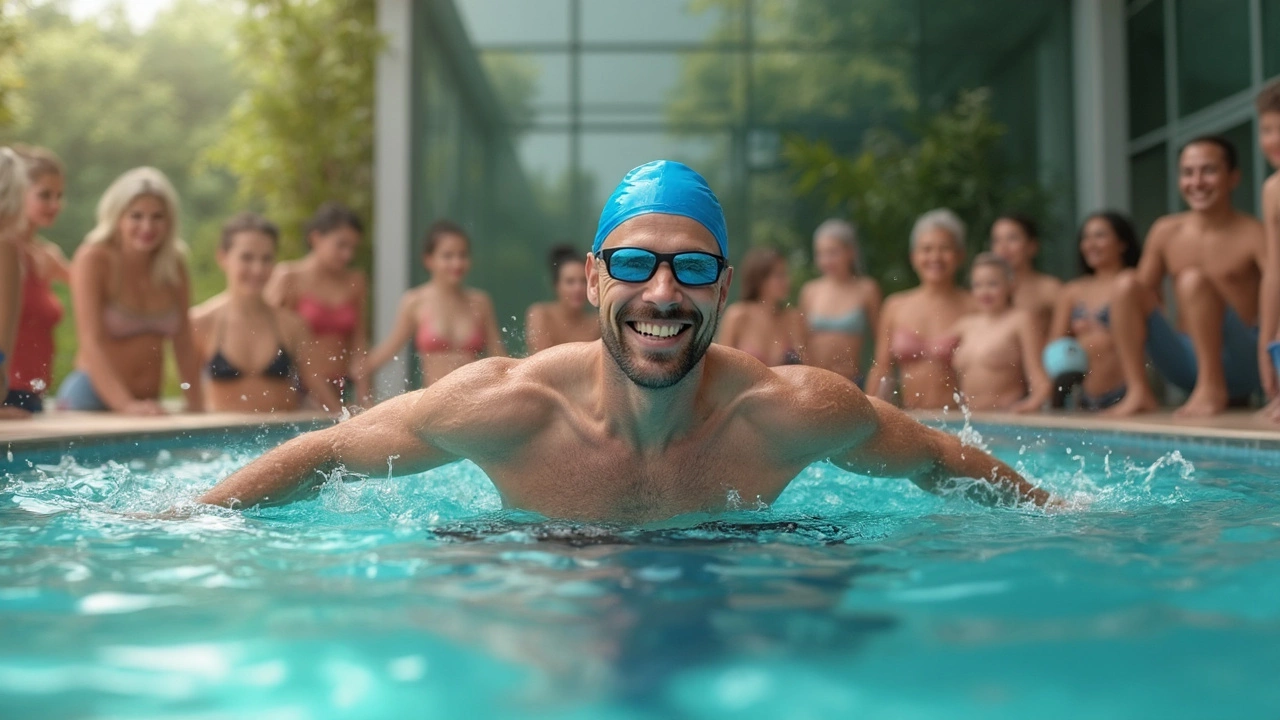
Swimming Tips: Boost Your Technique and Stay Safe in the Water
Whether you’re splashing in a pool for the first time or logging miles in the open water, a few simple tweaks can make a big difference. Below you’ll find the most useful swimming tips that anyone can apply right now, no matter your age or skill level.
Getting Started with Swimming
First things first – feel comfortable before you try to go fast. Start each session with a gentle warm‑up: 2‑3 minutes of easy freestyle, followed by a quick shoulder roll. This wakes up the muscles and prevents cramping.
Breathing is often the biggest hurdle. Try the 3‑stroke side‑breath: inhale on the third arm pull, exhale through the mouth and nose while your face is in the water. Practice this drill at a slow pace until the rhythm feels natural, then gradually increase speed.
If you’re wondering when to begin lessons, the consensus is clear – start as early as you’re comfortable. Babies can enjoy water acclimation classes, toddlers benefit from fun games that teach basic floating, and kids aged 5‑7 can handle structured lessons. Adults can jump in at any age; just focus on building confidence before tackling advanced drills.
Boost Your Performance
Technique trumps power. Work on a high elbow catch during the pull phase – think of pulling the water toward you rather than pushing it away. This small change creates more propulsion with less effort.
Incorporate interval training to improve stamina. A simple set like 4 × 100 m freestyle with 30‑second rest between each repeats builds aerobic capacity while keeping you fresh for longer swims.
Don’t overlook the importance of kicking. A tight, ankle‑flexed kick generates steady thrust. Use a kickboard for 2‑minute blocks, focusing on small, rapid kicks rather than big, splashy ones.
Safety is non‑negotiable. Always swim where a lifeguard is present, and never swim alone in open water. If you feel tired, stop, float, and rest – it’s better to lose a few meters than risk a crash.
Putting these tips into practice will sharpen your stroke, boost confidence, and keep you safe. The next time you head to the pool, try one new technique and notice the improvement. Happy swimming!


How Often Should a Beginner Swim: A Practical Guide
